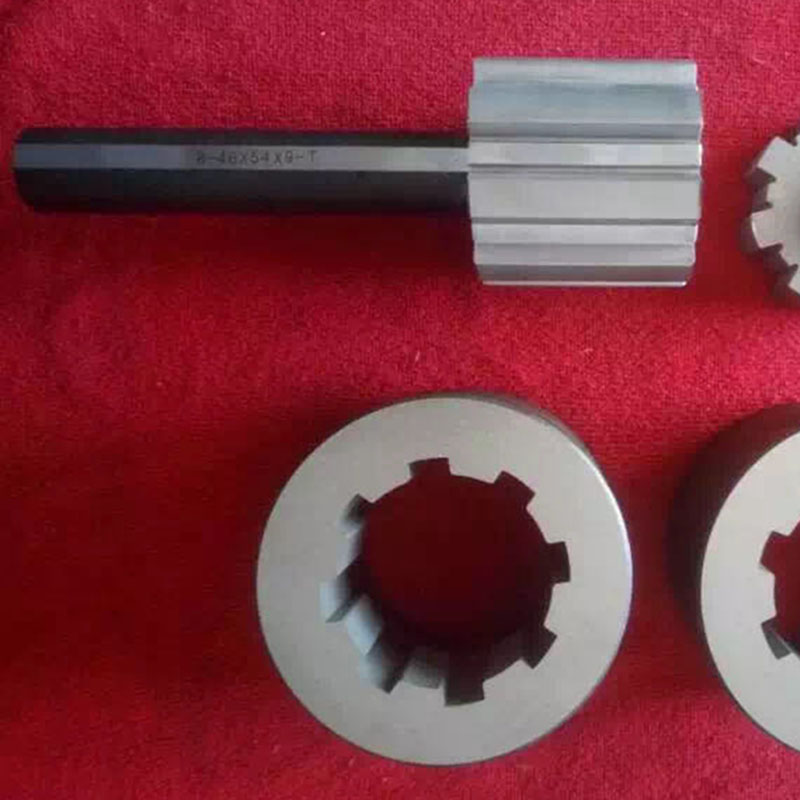Oct . 11, 2024 06:24 Back to list
Evaluation of Gas Line Check Valve Functionality and Safety Measures
Understanding Gas Line Check Valves Importance and Functionality
Gas line check valves play a crucial role in the safe distribution of gases, particularly in industrial and residential settings. These devices serve as one-way valves, allowing gas to flow in one direction while preventing backflow. In various applications, their importance cannot be overstated as they enhance safety and efficiency in gas systems.
What is a Gas Line Check Valve?
A gas line check valve is designed to ensure that gas flows through a pipeline or system in a single direction. This mechanism is essential for preventing the reverse flow of gas back into the supply system, which can lead to dangerous situations such as leaks, explosions, or contamination of gas supply.
How Do Gas Line Check Valves Work?
The operation of a gas line check valve is relatively straightforward. The valve consists of a disc or ball that opens to allow gas to flow through the pipeline when the pressure is sufficient. When the pressure in the pipeline decreases or attempts to flow in the opposite direction, the disc or ball closes, sealing the valve and preventing backflow.
Check valves can be spring-loaded or non-spring-loaded. Spring-loaded check valves generally have a spring mechanism that keeps the valve closed until the pressure from the gas stream exceeds the spring force. On the other hand, non-spring-loaded check valves rely solely on gravity and the flow of gas to operate.
Types of Gas Line Check Valves
There are several types of gas line check valves used in different applications
1. Swing Check Valves These valves feature a hinged disc that swings open when gas flows in the intended direction. They are suitable for applications where there is a significant flow of gas.
gas line check valve

2. Ball Check Valves These use a spherical ball that moves up and down within the valve to prevent backflow. They are compact and can handle various pressure levels.
3. Lift Check Valves These valves have a disc that lifts off a seat to allow flow. When flow stops, the disc falls back into place to prevent backflow.
4. Diaphragm Check Valves Utilizing a flexible diaphragm, these valves can effectively stop backflow with minimal leakage. They are often used in applications where maintaining specific pressure levels is critical.
Importance of Gas Line Check Valves
The necessity of gas line check valves becomes apparent when considering the potential hazards associated with backflow. Gas backflow can lead to the contamination of the gas supply, resulting in safety risks and costly cleanup efforts. Moreover, in residential settings, the presence of a malfunctioning check valve could create an environment ripe for gas leaks, endangering occupants and property.
In industrial settings, where gases are often under high pressure, the risk of backflow is even greater. An efficient gas line check valve can protect equipment and ensure that processes are uninterrupted by reverse flow. This enhances operational efficiency and prolongs the life of gas distribution systems.
Maintenance and Inspection
Regular inspection and maintenance of gas line check valves are vital to ensuring their proper function. It is recommended that these valves be inspected periodically for signs of wear, corrosion, or buildup of debris that could impede operation. Any defective valves should be replaced immediately to avoid potential hazards.
Conclusion
Gas line check valves are indispensable components in the safe handling of gas systems. Their role in preventing backflow not only protects equipment and maintains efficiency but also safeguards human lives. By understanding their function and maintaining them properly, users can ensure the reliability of their gas distribution systems, ultimately contributing to a safer environment. As the demand for efficient and safe gas handling continues to rise, the importance of check valves will only become more pronounced in both residential and industrial settings.
-
Why Metric Trapezoidal Thread is Ideal for Precision Motion ControlNewsAug.05,2025
-
The Unique Properties of a Block of Granite for Industrial UseNewsAug.05,2025
-
The Role of Flanged Y Strainers in Preventing Pipeline ClogsNewsAug.05,2025
-
The Importance of Regular Calibration for Master Ring GagesNewsAug.05,2025
-
How a Cast Iron Surface Table Enhances Accuracy in ManufacturingNewsAug.05,2025
-
Comparing Different Check Valve Types for Optimal Flow ControlNewsAug.05,2025
Related PRODUCTS









